Author: Jake Huolihan
Co-opting styles has long been practiced in the brewing industry, from American brewers adapting English Ales to New Englanders coming up with their own hazy version of IPA. Typically, it seems, what starts off as a faithful attempt at brewing a particular style morphs over time into becoming something unique.
A few years back, with the IPA craze in full swing, a style came about that never really gained much traction, but was interesting nonetheless. India Pale Lager (IPL) isn’t necessarily defined as a “real” style, inasmuch as it is not included in the BJCP Guidelines, and hence it lacks a cohesive set of recommended ingredients or brewing practices. Whereas some viewed IPL as simply an American IPA fermented with lager yeast, others likened it to a stronger German Pilsner hopped like an American IPA.
Despite this bit of confusion, one thing it seemed most brewers of IPL agreed on is that it’s supposed to be clean, crisp, and highly drinkable, which the use of a traditional lager yeast strain is said to contribute to. As a lover of Firestone-Walker Pivo Pils, pFriem Pilsner, and other similar beers that don’t quite fall into that traditional German Pilsner flavor profile, I was curious to try my hand this seemingly short-lived style.
| Making India Pale Lager |
Seeing as IPL lacks a set description, I relied on input from other Brülosophy contributors to formulate this recipe. The grist was reminiscent of a German Pils with just a dash of Caramel malt, my idea here being to mimic that kiss of malt sweetness often found in American IPA. Unlike a typical Pilsner, I went with hops inspired by the classic Sierra Nevada Pale Ale, Cascade and Centennial, bumping up the bitterness to a level more inline with American IPA.
India Pale Lager
Recipe Details
| Batch Size | Boil Time | IBU | SRM | Est. OG | Est. FG | ABV |
|---|---|---|---|---|---|---|
| 5.5 gal | 60 min | 76.9 IBUs | 4.6 SRM | 1.057 | 1.015 | 5.5 % |
| Actuals | 1.057 | 1.015 | 5.6 % | |||
Fermentables
| Name | Amount | % |
|---|---|---|
| EuroPils (Cargill) | 12.875 lbs | 92.79 |
| Vienna Malt (Weyermann) | 11 oz | 4.95 |
| Carahell (Weyermann) | 5 oz | 2.25 |
Hops
| Name | Amount | Time | Use | Form | Alpha % |
|---|---|---|---|---|---|
| Cascade | 15 g | 60 min | Boil | Pellet | 5.5 |
| Centennial | 15 g | 60 min | Boil | Pellet | 9 |
| Cascade | 30 g | 30 min | Boil | Pellet | 5.5 |
| Centennial | 30 g | 30 min | Boil | Pellet | 9 |
| Cascade | 30 g | 5 min | Boil | Pellet | 5.5 |
| Centennial | 30 g | 5 min | Boil | Pellet | 9 |
Yeast
| Name | Lab | Attenuation | Temperature |
|---|---|---|---|
| Harvest (L17) | Imperial Yeast | 72% | 50°F - 60°F |
Notes
| Water Profile: Ca 50 | Mg 0 | Na 8 | SO4 75 | Cl 36 |
Download
| Download this recipe's BeerXML file |
PROCESS
I started this rare afternoon brew day by heating up the strike water while my son was eating lunch. After he’d chowed down his PBJ, I weighed out and milled the grain.
With the water slightly warmer than needed, I transferred it to my mash tun for a brief pre-heat period, after which I proceeded to incorporate the grains. I was pleased to see I’d hit my target mash temperature.
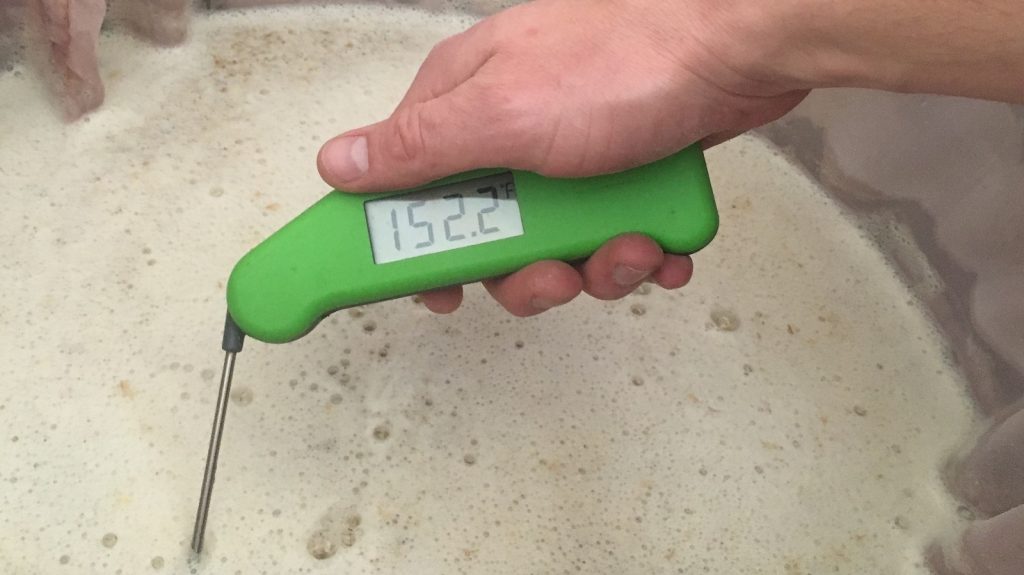
It was time for Oliver’s nap, so I took care of that during the 60 minute mash rest.
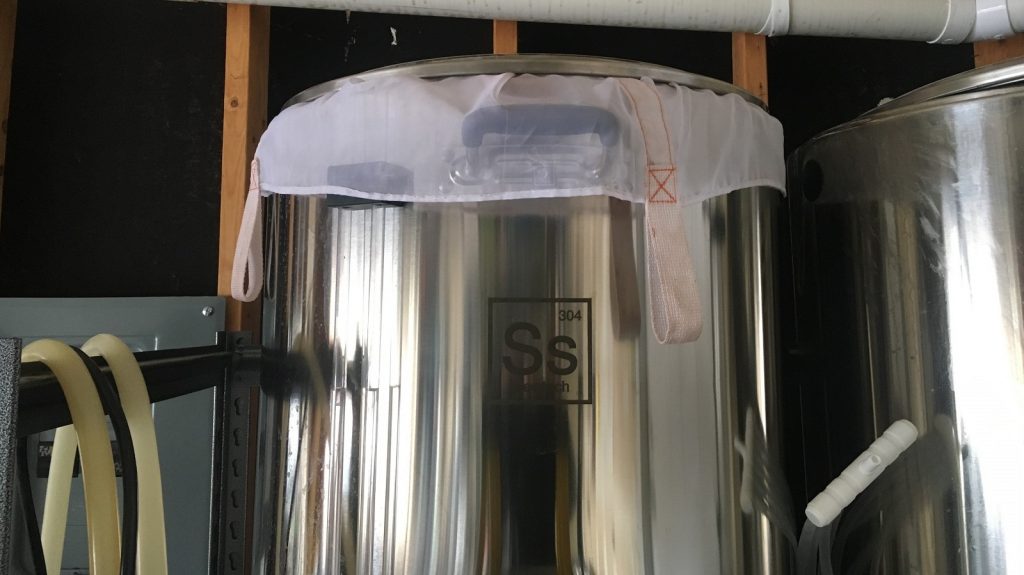
When the mash was complete, I collected the sweet wort in my kettle and turned the element on. While awaiting the boil, I weighed out the kettle hop additions.
The wort was boiled for 60 minutes with hops added at the times stated in the recipe.
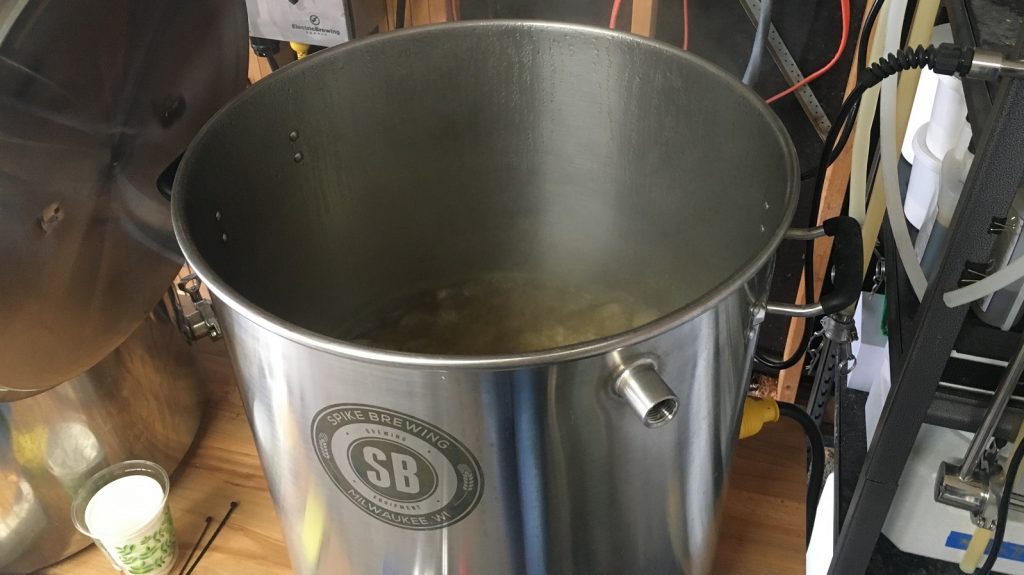
With the boil finished, I quickly chilled the wort to my groundwater temperature of 56°F/13°C.
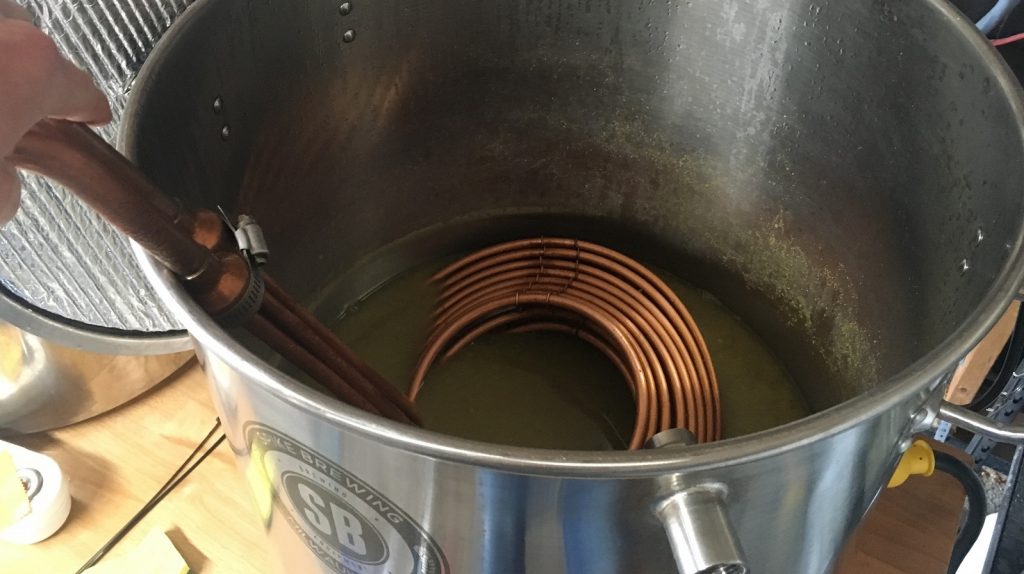
Next, I took a refractometer reading showing the wort had a lower OG than expected, not terribly surprising considering the post-boil volume was a tad high. Not the end of the world.
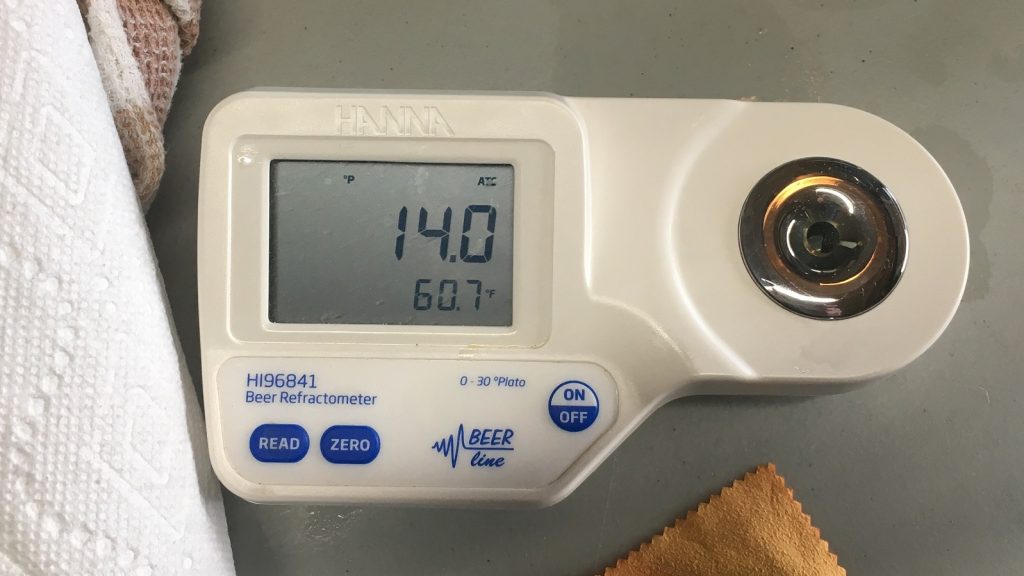
Oliver was awake at this point and came out to lend me hand, determining my unitank was indeed the right size.
The wort was racked to a sanitized unitank.
I immediately pitched a pouch of Imperial Yeast L17 Harvest then set my glycol chiller to maintain a fermentation temperature of at 54°F/12°C.
The beer was actively fermenting the next morning and had slowed down 6 days later. I took a hydrometer measurement showing 1.020 SG, close to terminal, so closed the blowoff valve in order to allow the beer to naturally carbonate as the temperature was reduced. As the first batch in my new Ss Brewtech Unitank, I decided to forgo the kegging step and served the beer right out of the tank after a couple weeks of cold conditioning.
| IMPRESSIONS |
I served this IPL to a handful of people over the course of its time on tap and the feedback revolved primarily around how the clean finish accentuated the fruity and floral hop character. Since the beer was naturally carbonated in my unitank, it wasn’t as spritzy as typical Pilsner or IPA, lending a perceptibly soft mouthfeel in an otherwise crisp and refreshing quaffer.
I began drinking this beer pretty much as soon as fermentation was complete and witnessed its transformation from keller to seriously killer. To me, it was insanely unique and my impressions really mirrored those of the folks I shared the beer with. The Northwest hop flavors certainly came through and I perceived a slight minerally flavor that didn’t seem at all out of place with the varieties I used.
One thing this beer didn’t quite showcase is the bready flavors I typically associate with Pilsner malt, something I figured was likely due to the higher hopping rate, but it was very enjoyable nonetheless. It’s rare that I enjoy a first iteration of a recipe as much as I did this IPL, and while I plan to make minor tweaks to the hop bill in future batches, this will be a staple for me going forward!
If you have thoughts about this recipe or experience making apple wine yourself, please feel free to share in the comments section below!
Support Brülosophy In Style!
All designs are available in various colors and sizes on Amazon!
Follow Brülosophy on:
FACEBOOK | TWITTER | INSTAGRAM
If you enjoy this stuff and feel compelled to support Brulosophy.com, please check out the Support page for details on how you can very easily do so. Thanks!


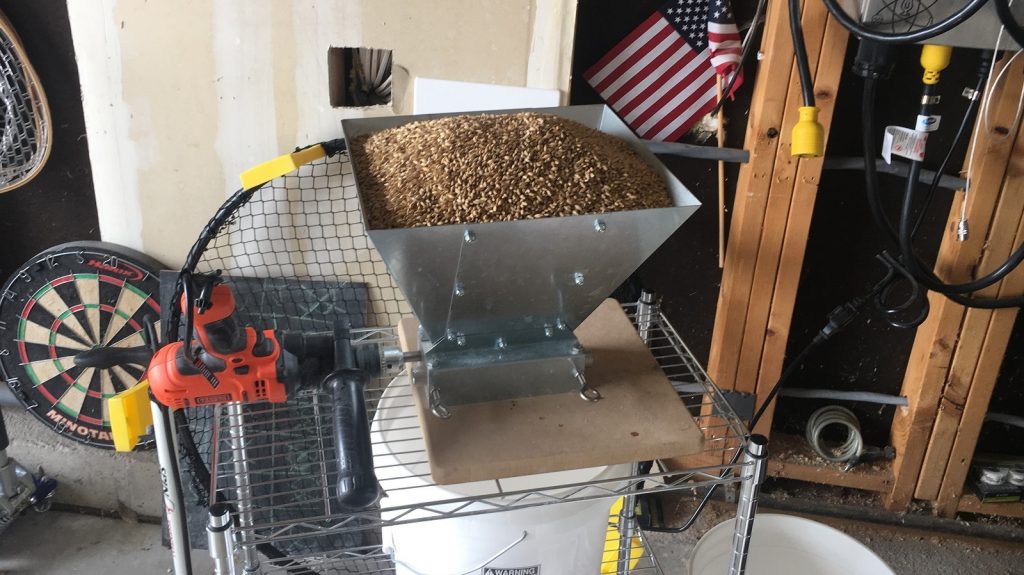
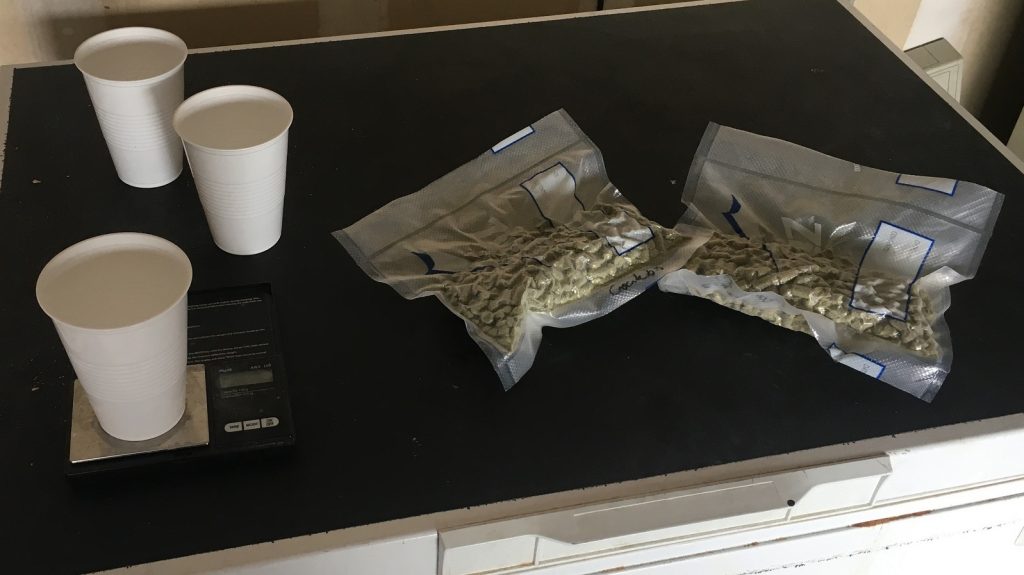
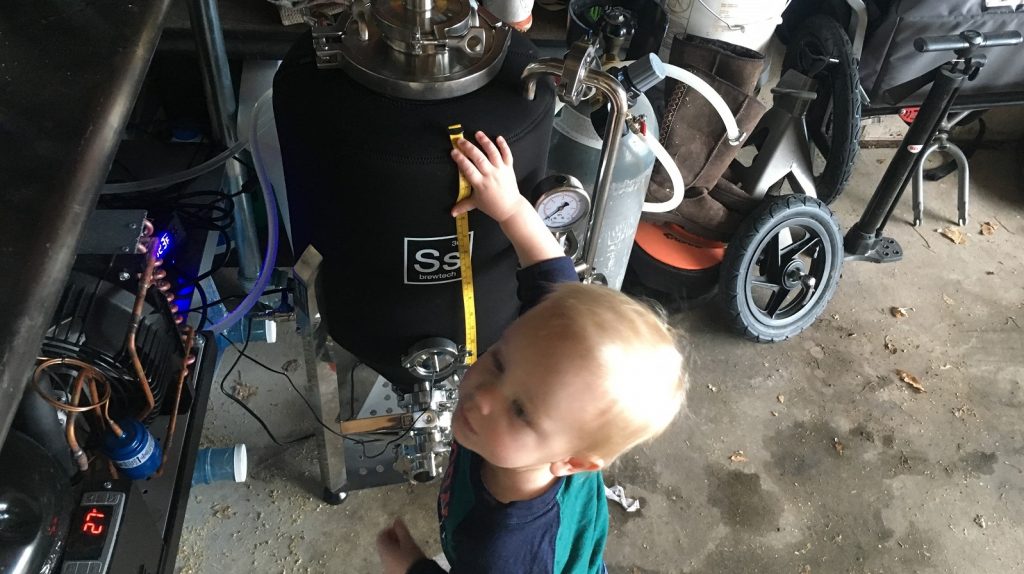
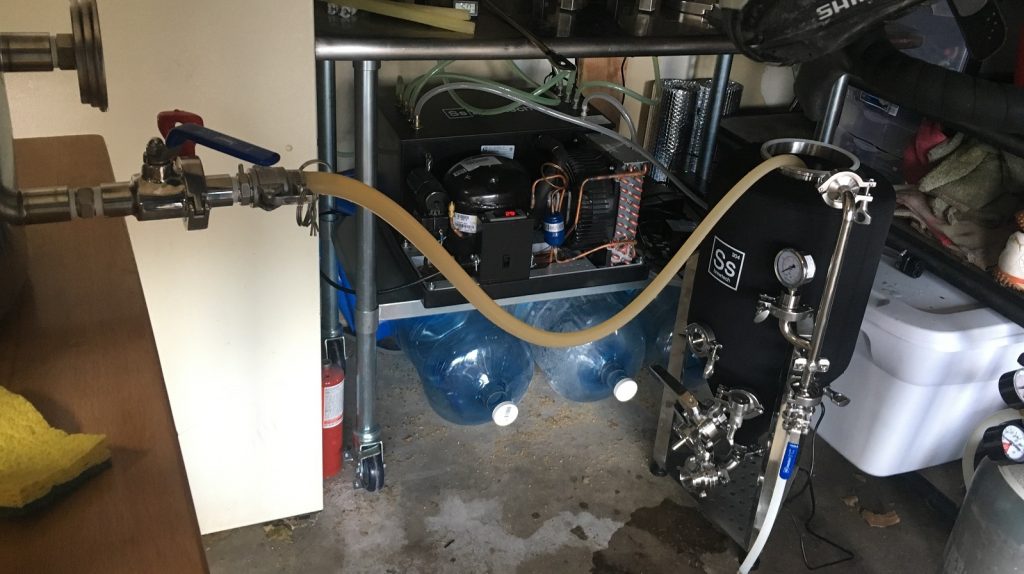
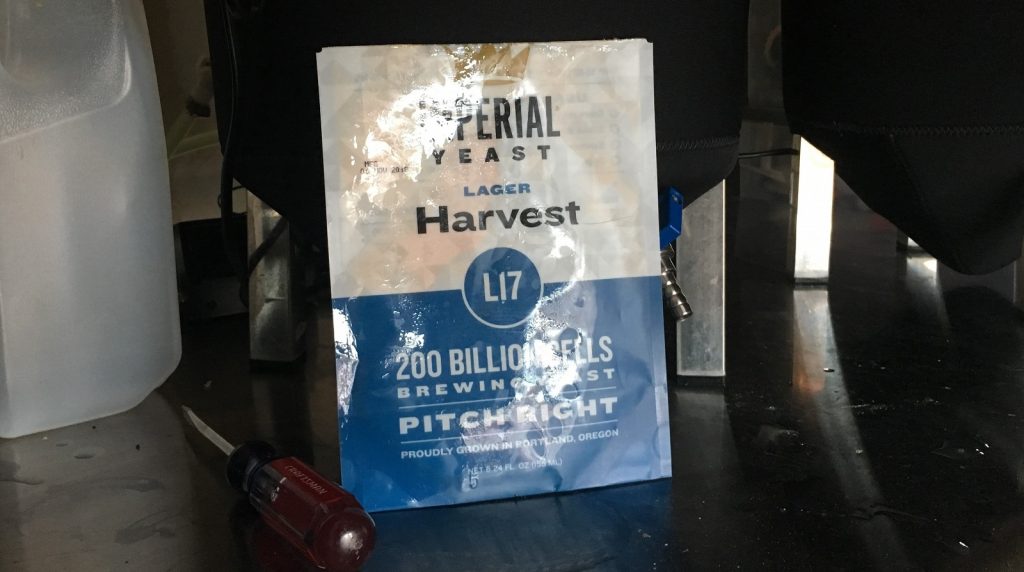
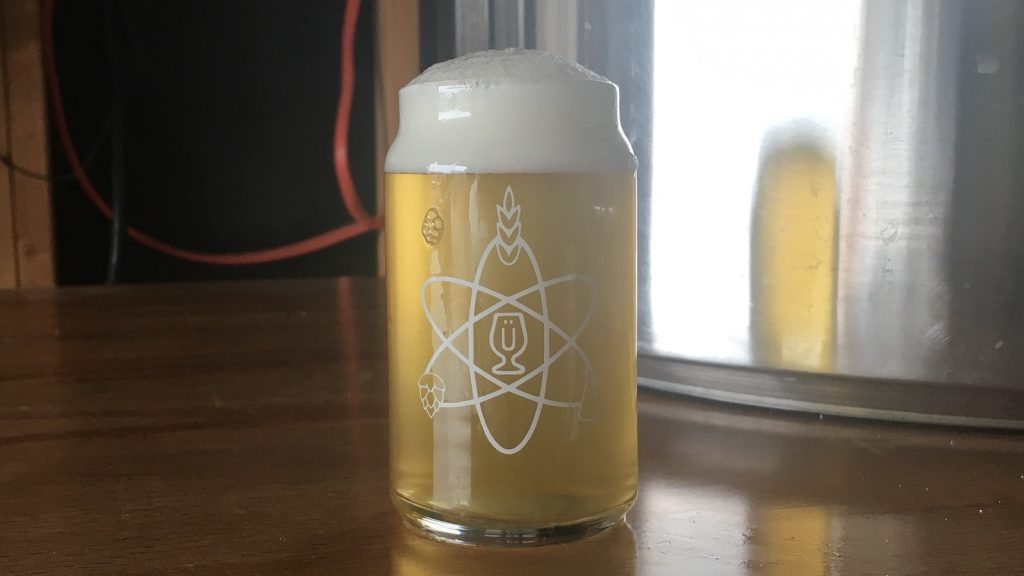











26 thoughts on “Brü It Yourself | India Pale Lager”
I swear to the gods, I spent most of the day yesterday searching for a good kit (I have no LHBS) for my first IPL. Now here we are. First it was Facebook doing that, now you guys? HOW DID YOU DO THAT?
I wonder if your people at LovetoBrew would turn this into a kit for your adoring fans?
Oh, and what “minor tweaks” would you make?
I’m not sure yet, probably gonna try some saphir in it
Jake,
Have you got around to rebrewing this one yet woth modified hop bill? If so, what did you use and how did it work out?
I’m looking to brew using your IPL recipe this weekend and would be interested in anything you’ve learned since the first iteration.
Thanks,
Ben
Targeted marketing ftw
OK, so you’re looking for more of a noble “punch”? In bitterness or flavor/aroma?
Carafoam malt might add some nice bready sweetness. Or some type of dextrin malt. A must imo with any hoppy beer. I just think a little body in hoppy berries is excellent.
A Loral hop IPL would be great in my opinion.
I definitely used to think that, who knows tho diff styles and all.
https://brulosophy.com/2017/12/18/dextrine-malt-pt-2-the-impact-of-carafoam-on-various-beer-characteristics-exbeeriment-results/
Sounds delicious! So no diacetyl rest rest with that lager yeast?
This sounds tasty. I dig the natural carbonation towards the end of fermentation. Just wondering, did you have an idea of what gravity you needed to be at when you sealed it up? Aside from possibly fermenting in a keg, I don’t really have the means to carbonate in the fermenter, but I really like the idea. I’ve got some research to do….
Typical 1-2 degrees Plato above FG. With the unitank it’s easy to guesstimate and bleed pressure if it gets a little high. In a keg I’d just use a spund valve set to ~15-30 psi depending on temp
I like Ekuanot in IPL or super hoppy Pils. Great hop for that.
Great write up! I’ve never understood why this “style” hasn’t really caught on. I personally love it and wished more breweries sold it.
Question: I was also wondering about not doing a diacetyl rest? I’m using Harvest for the first time on a schwarzbier beer but I am fermenting “warm” 62-64 F. I haven’t had good luck with cold fermented largers and diacetyl.
I raised the temp up to 58 before slowly bringing it down. If you’re fermenting with Harvest at 62 there probably isn’t a need for a diacetly rest IME but I’m gonna have that beer at 66 after a few days into fermentation just based on my standard practice
Same here. It went 55’ish hours at 62. Then set the ferm chamber at 65.5 and let free rise. I think it was sitting right at 65 this morning. #IPL4LIFE
Great post! ….Is there going to be a review of that unitank?
No dry hop charge? I did an IPL awhile back and when fermentation was near completion, I slowly ramped the temp from 50 to 62 for the diacetyl rest. After that, I threw in a couple of ounces of hops and let it sit for 5 days before cold conditioning. I did get some nice aromas from the dry hop.
I was planning to add a DH charge but forgot prior to spunding, no biggie still tasted great
Ok, I’m looking to duplicate this recipe but I can’t find “EuroPils (Cargill)” anywhere. Recommendations for a viable substitute?
Yeah you won’t find that, probably just use weyermann
I have been using Ireks malt for about a year now. I think it’s a pretty good German malt. You can get it in the states and it’s less expensive then weyermann. Just another European option other than weyermann FWIW.
Late reply I know, but we use Ireks malt. It is good stuff, and better than Weyermann. I live in GErmany, so it is super easy to get hold of, and a lot cheaper than the W stuff.
I’ve done a few of these using a similar malt base.The last one was with Centennial and Simcoe hops and white labs yeast.Turned out very well.A highly underrated style I think
Sweden Carling. We had a lager in the mid90 that was caled Hell.
It was hopped with Cascade. I breder a clone and i really liked it
No yeast starter? Seems like one package of Imperial with no starter would be below recommended pitching rates. I only have one lager under my belt so maybe I was scared into unnecessarily high pitch rates? I just did a Czech Pilsner and did a 2L starter and then stepped it up with another 2L starter. My recommended pitch rate was 330 million cells for my 5 gallon batch of 1.047 Czech Pilsner. Sorry for all of the details, but I’m probably going to make this so just want to know if I need to go overkill on the yeast again.
I’m going to try a somewhat similar version of this with Bootleg Biology S. Arlingtosis yeast. I had pretty much planned to do one of my normal IPA recipes with lager yeast to perhaps add more flavor but finding this recipe talked me out of it. I’m not planning on lagering too very long.
Thanks for sharing the recipe Jake.